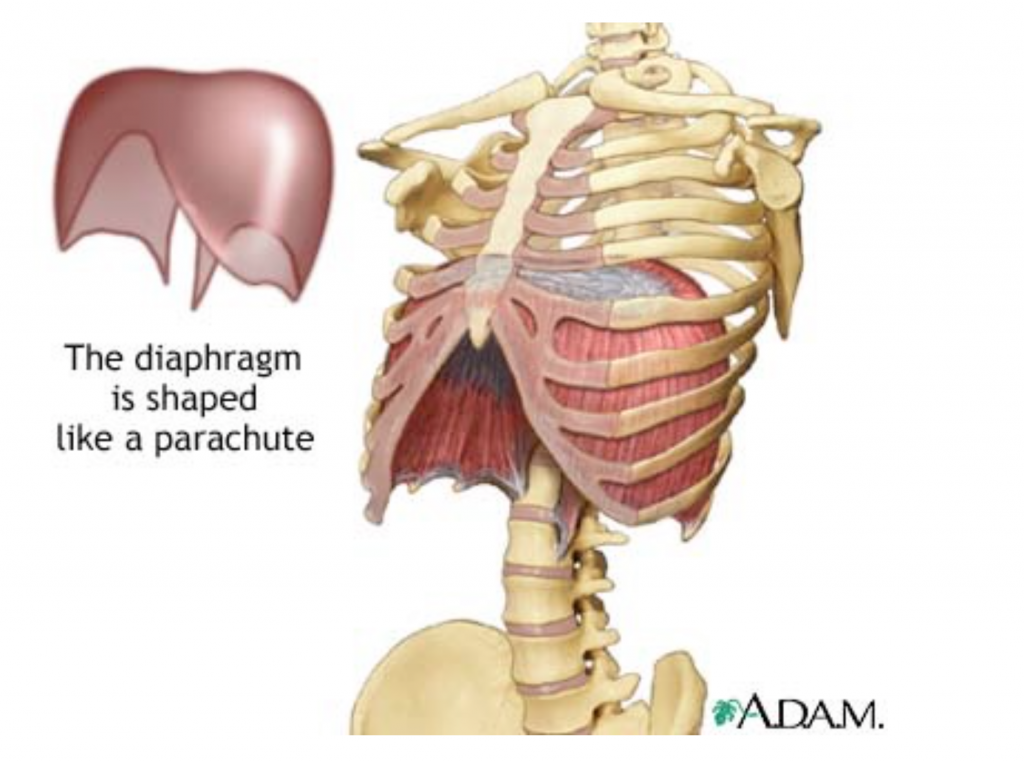Mindfulness, More Like Full of Benefits for the Mind and Body
Welcome back to my blog!! I’m so excited to share with you my findings of what I’ve been researching this week—the benefits of mindfulness. I’ve always known that mindfulness makes me feel better and more calm, but I’ve never known the reasons why. I based a lot of this research on Koru’s resources, but I also explored some of my own, including research from Harvard Health and Authentic Connections.
One preliminary fact I learned is that mindfulness can take on a plethora of different forms. It is not only meditation, as I once thought, but instead encompasses many conceptual ideas or even could be classified as a way of living. The essence of mindfulness is becoming aware of emotions or thoughts, recognizing them, and accepting them for what they are. Instead of focusing on past occurrences or future endeavors, someone practicing mindfulness is aware of their present surroundings, often bringing their focus to their own body, breathing, or mind. By continually performing these essential practices, inner peace can be achieved. In other words, mindfulness is a way of training our brains to lesson the fight or flight response, and becoming more present in our daily lives.
Here are some SUPER FASCINATING facts about mindfulness:
- Practicing mindfulness increases sensory reception—This means that your senses are able to process information without interruption, allowing for increased focus on the task at hand. This is SUPER beneficial when completing academic assignments, which is why many teachers implement meditation in their classes. The more someone practices mindfulness, the easier their focusing skills become!
- Practicing mindfulness can improve standardized testing scores—This goes hand in hand with the previous fact, as the test-takers who practice mindfulness are able to focus better and prevent mind wandering. According to a study published in the journal Psychological Science, the test-takers who had begun practicing mindfulness regularly for two weeks improved their G.R.E. verbal test scores by 60 points!! (see citation at the bottom for a link to the study).
- Mindfulness activates the parasympathetic nervous system—When someone focuses their attention on the breath and actively breaths deeper, the diaphragm stimulates the vagus nerve. This is because the diaphragm is shaped like a parachute or umbrella, and acts to “catch” the lungs, thus telling the body that “there is no danger” and it’s free to get out of that fight or flight zone (called the sympathetic nervous system).

Here’s a quick exercise to try that will help you feel the affects of your diaphragm: find a comfortable position, close your eyes, and take a deep breath. If your shoulders rise and fall during this breath, focus on breathing down into your stomach. Imagine your lungs are filling up with air from bottom to top like a bottle of water. If you want to, you can even place a hand on your stomach, and feel the rise and fall of your abdomen. Breathe in…1,2,3,4; hold…1,2,3,4; and breathe out…1,2,3,4. This is the diaphragm at work. Pretty cool, right?! Notice how you feel after performing this exercise…
…this is the vagus nerve being stimulated, and the parasympathetic nervous system being activated! I love performing this breathing exercise whenever I have the time, but now I know the science behind why it works! Learning the biological reasons behind performing mindfulness is just further encouragement to continue practicing it.
Also, I want to update you guys on some questions that came up after talking with my content advisors and diving deeper into this research. How can I make coping mechanisms like mindfulness and meditation accessible to teenagers? Will teenagers be excited enough by the benefits of mindfulness that they will commit to a regular routine of meditation? What creative solutions can I come up with that will translate the benefits of mindfulness into interesting and approachable coping methods for teenagers (for example, simple breathing techniques to do before taking tests, implementing meditation into all classes).
Finally, if you find mindfulness as fascinating as I have, or are just interested in following my journey on this independent study, I would encourage you to consider subscribing to my blog. The subscribe button is located on the sidebar at my home page.
Thank you so much for reading my weekly post, and I hope you have an amazing day!!
Resources:
-Koru Mindfulness: https://docs.google.com/presentation/d/19a6M4KfXweLrETgIIOaSQJ9Q1O5PFP-Kb70P1ogy0eo/edit?usp=sharing
-Harvard Health: https://www.health.harvard.edu/blog/can-mindfulness-change-your-brain-202105132455
– Youtube Channel: Neuroscientifically Challenged, Video: “2 Minute Neuroscience: Parasympathetic Nervous System” Link: https://www.youtube.com/watch?v=ADnWvmOlBZk
– Authentic Connections: AC 2020-2021 Student Wellbeing (pdf found on their website)
Great read Kate, keep up the good work!